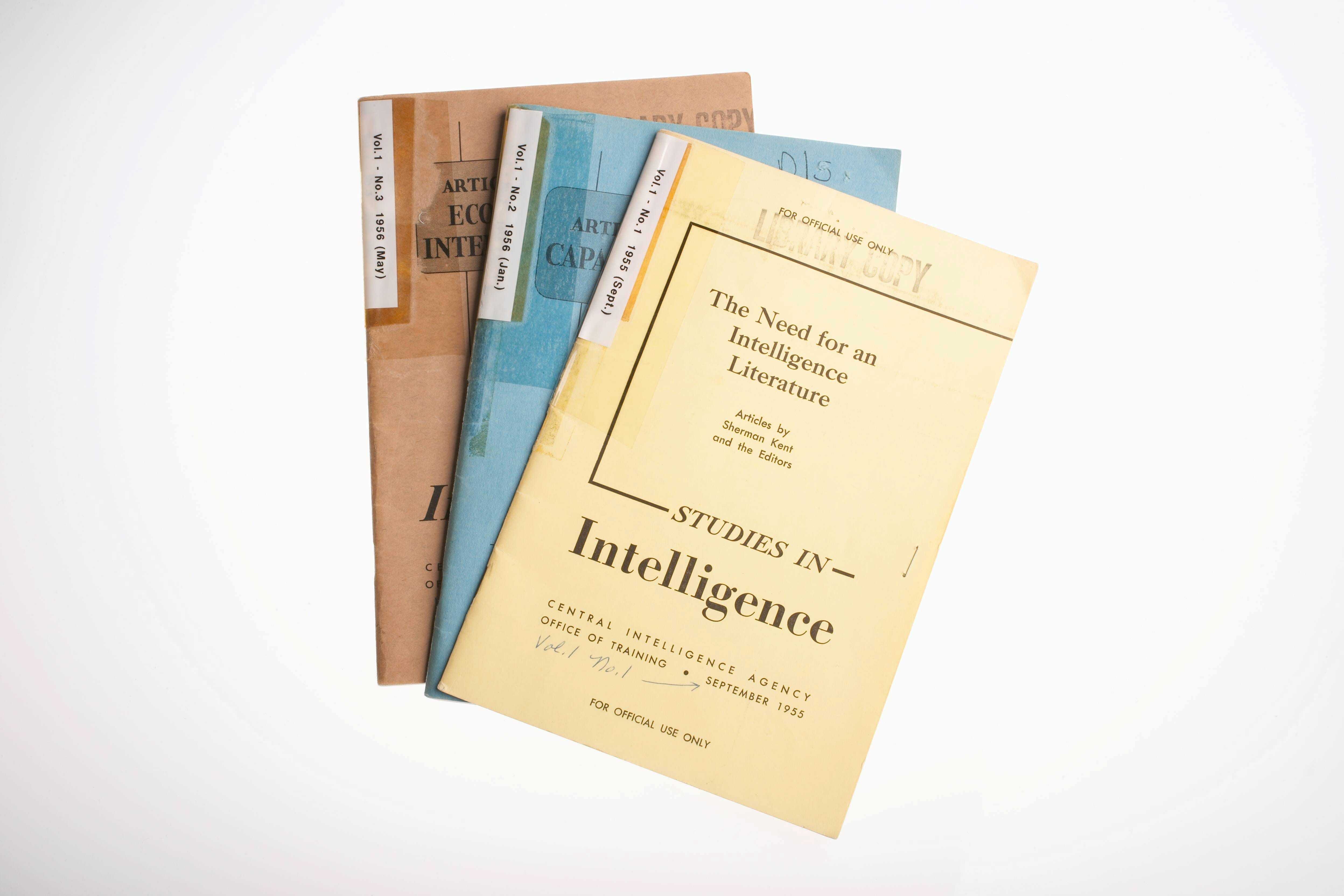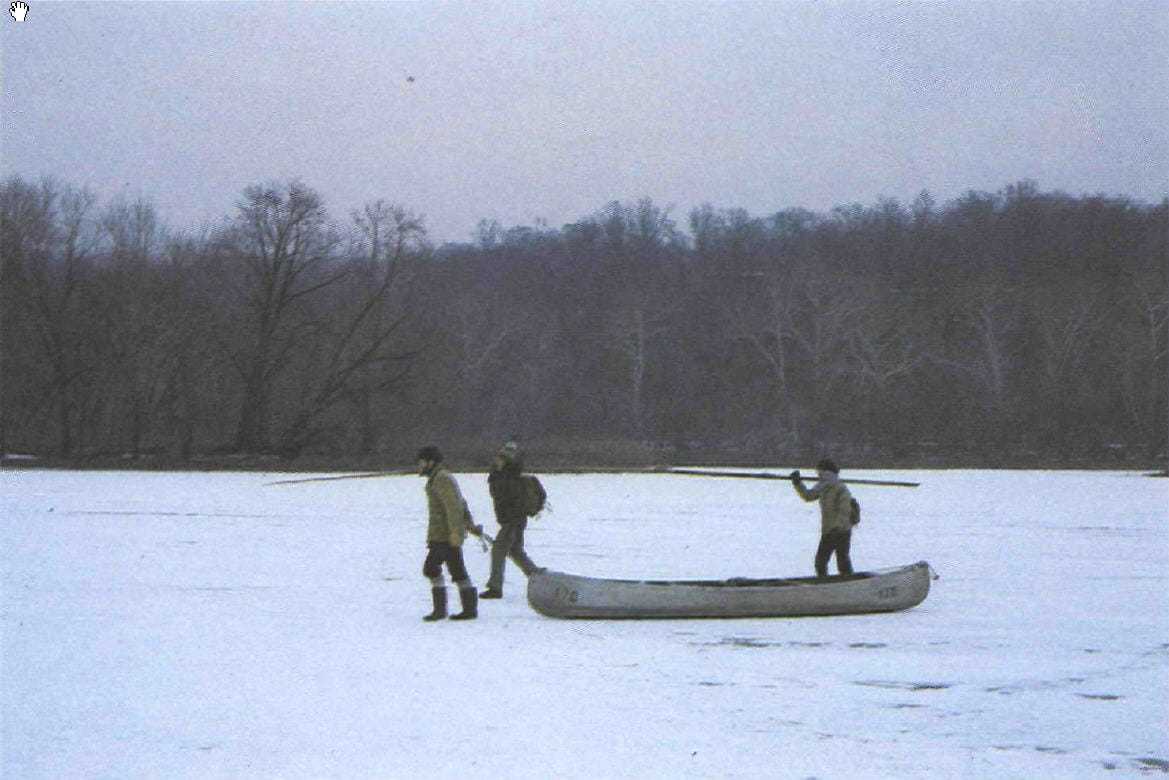The premier journal on intelligence issues, Studies in Intelligence, celebrated its 60th anniversary this month. In its sixty years, more than a thousand intelligence professionals, academics, students, and policymakers have contributed articles that include stories about operations, analysis, collection, and emerging technology and methods. They have captured the history of the intelligence profession, documented lessons of the past, and critiqued a multitude of books on the field.
To celebrate the diverse, sometimes provocative, and always cogent thinking that Studies is known for, here are 20 surprising facts that even the most ardent reader of Studies may not know:

History of Studies
- More than 1,000 individuals—from junior officers to Directors of Central Intelligence, and even an unwitting Soviet intelligence officer or two—have contributed to almost 1,500 articles published in Studies over the last 60 years.
- The first entirely unclassified issue of Studies appeared in 1992, a reprint of selected items from previous issues. Prior to that, issues had been numbered and subjected to recall to keep the existence of Studies low-key and known primarily amongst the US official community only.
- The Sherman Kent Award, presented for “the most significant contribution to the literature of intelligence,” is the “Oscar” for intelligence literature. It’s only been awarded 16 times in 45 years.
- Book reviews, particularly those for books to be avoided, were often blunt. Walter Pforzheimer didn’t hold back on his opinion of L. Fletcher Prouty’s book about the CIA, The Secret Team: “Reading it is like trying to push a penny with one’s nose through molten fudge.”
- Christine Flowers, who did the mini-literature review section for several years, was a master of the withering one-liner: “A vicious little book by a vile little man” (Joseph B. Smith’s Portrait of a Cold Warrior) and “A second-rate book about a second-rate operation bungled by second-rate officers” (Henry Hurt, Shadrin) are two of her best.
Mystery Writers
- More than 15 percent of the articles that have appeared in Studies were written by authors under a false or “pen” name.
- Some pen names are rather ordinary: “Martha Anderson” and “Richard Framingham,” for example. Others could easily have doubled for characters in romance novels: “Horatio Aragon,” “Adam Jourdonnais,” and “Carlos Revilla Arango” to name a few. Then there are those that could have been taken from a Monty Python comedy skit: “Thomas Meeksbroth” and “R. H. Sheepshanks” come to mind.
- Several male authors used female pseudonyms; one received three Studies awards as “Rita.” By contrast, in 50 years there was only one case in which a female writer sought anonymity as a male.
- One of the journal’s most prolific authors wrote under a different nom de plume no less than 13 times, using such diverse monikers as “Anthony Quibble,” “Don Compos,” “Sandra Richcreek,” and “Eduardo Tudelo.”
- Some Studies authors are TNU—True Name Unknown. They submitted their drafts anonymously, with a pen name attached, and their real identities were never recorded by the Studies staff. “Lester Hajek,” “Charles Marvel,” “Albert Riffice,” and “Gabriel D’Echauffour” are some of those TNUs.
Graphics in Studies
- First graphic to appear in Studies: Simple flowchart of analysis on Soviet economy. (May 1956)
- First maps published in Studies had nothing to do with contemporary intelligence matters: The Winter 1958 issue ran high-quality, color representations of Robert E. Lee’s invasion of Maryland in September 1862.
- First B&W photo: Portrait of deceased OSS Director William Donovan and reproductions of letters between Donovan and President Franklin Roosevelt on centralized intelligence. (Summer 1959)
- First colored image: forged postal stamps in the Summer 1960 issue.
- By the mid-1960s, graphs, charts, diagrams, and photographs were standard fare, particularly for the more technical articles. Full-color photography, however, had to wait until the Spring 1980 issue, with stunning photos of the engineering of the Glomar Explorer.
Funnies in Studies
- The 1980s saw an uptick in the number of humorous pieces appearing in Studies—tongue-in-cheek articles, funny vignettes, amusing imagery, and even some comic verse. Studies seemed to serve as a therapeutic outlet by becoming a vehicle for those who sought refuge in humor after the travails of the 1970s.
- The only article to have been reprinted twice after its initial publication: “Elegant Writing in the Clandestine Services,” by “Richard Puderbaugh,” who had good reason to stay anonymous.
- Robert Sinclair, “The CIA Canoe Pool” [PDF 448 KB] (Spring 1984): A clothes brush at the office helps, but there are still days when I must try to maintain my dignity with patches of dried mud on the lower third of my trousers. Or spider webs.
- Roger Girdwood, “Burn Bags” (Summer 1989): Some people never go to the burn bag chute. But they never have a full burn bag in their workplace, either . . . . When you arrive at work one morning, you discover a trove of 25 burn bags in the place where you thought you had a popcorn popper. Fortunately, you can usually identify this culprit by making a careful analysis of his or her bag-stapling technique. Like fingerprints and snowflakes, no two staple jobs are alike.
- David Fichtner, “Taking Arms Against a Sea of Enemies“ [PDF 19 MB] (Summer 1992): Hamlet has made no public protest over his uncle’s succession . . . . Embassy reporting, however, states that there is a subversive campaign underway attacking the fundamental legitimacy of the current [Danish] government.

To learn more about the history of Studies In Intelligence, see:
To read the latest issues of Studies or to view past issues, click here.

